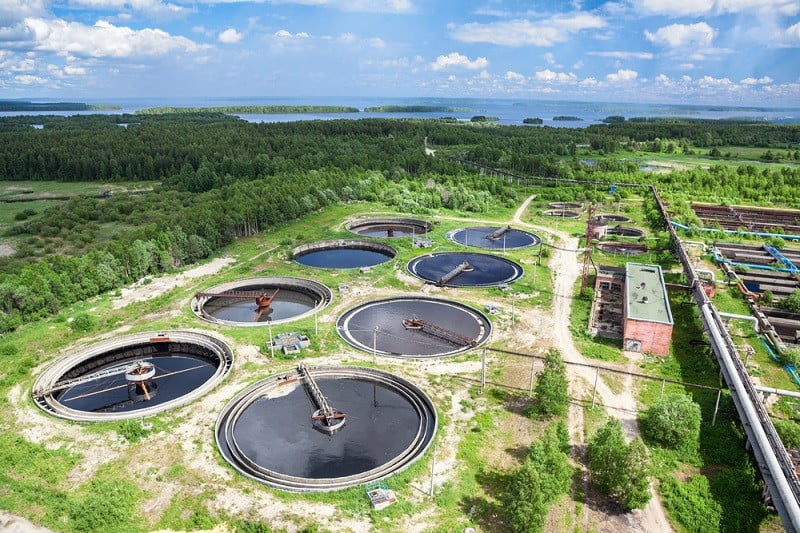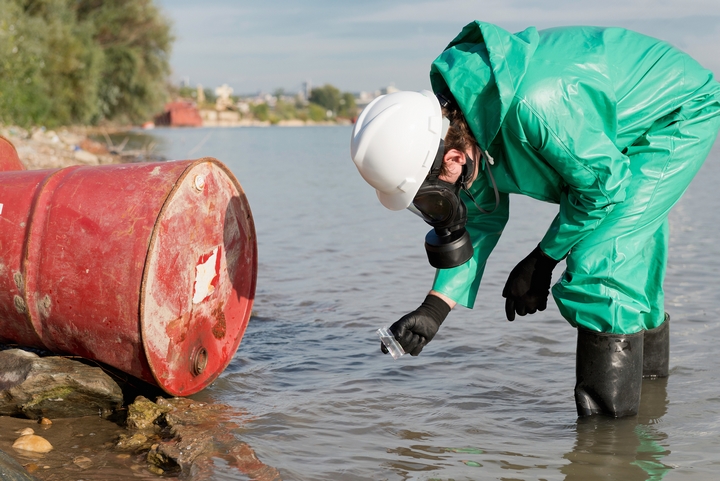Safe and Sustainable Liquid Waste Disposal: Your Go-To Service Provider
Understanding the Comprehensive Process of Liquid Waste Disposal: Finest Practices and Environmental Impact Considerations
The monitoring of liquid waste disposal is a multifaceted problem that requires a thorough understanding of different best methods and their associated environmental impacts. From the kinds of fluid waste generated to the techniques utilized for collection, treatment, and last disposal, each action plays an important duty in safeguarding ecosystems and public wellness. As regulative standards evolve and innovation breakthroughs, the conversation around these processes comes to be progressively relevant. What implications do these changes hold for future sustainability initiatives, and how can stakeholders make sure that they are effectively attended to?
Sorts Of Liquid Waste
Recognizing the various kinds of fluid waste is crucial for reliable management and disposal practices. Fluid waste can be generally categorized right into several kinds, each requiring special handling and treatment strategies.
Industrial liquid waste frequently has dangerous materials, consisting of hefty steels, solvents, and chemicals, produced during producing processes. These wastes necessitate rigorous regulative compliance to secure human health and the environment. Residential fluid waste primarily describes wastewater created from households, including sewage and greywater, which, although much less toxic, can still present substantial risks if incorrectly handled.
Agricultural fluid waste, consisting of drainage from farms, typically consists of fertilizers and pesticides that can cause environmental deterioration if not treated appropriately. Clinical liquid waste, generated from healthcare facilities, includes infected fluids such as bodily fluids and chemicals, needing specialized disposal methods to avoid infection and environmental contamination.
Lastly, oil and oil waste, usually generated by dining establishments and vehicle industries, can trigger serious obstructions in sewer systems if not managed correctly. Understanding these categories promotes targeted techniques for treatment, conformity with laws, and reliable disposal techniques, inevitably advertising environmental sustainability and public health security.

Collection Approaches
Efficient collection approaches are important for the correct monitoring of fluid waste, making sure that it is collected securely and effectively before therapy or disposal. Numerous strategies are used relying on the kind of liquid waste created, the quantity, and the particular features of the waste.
One common technique is making use of committed collection tanks or sumps, which are designed to record liquid waste at the resource. These systems usually integrate pumps that promote the transfer of waste to bigger storage containers or treatment centers. Additionally, mobile collection devices outfitted with vacuum cleaner modern technology are utilized in situations where waste is created periodically or in hard-to-reach locations.
For commercial settings, closed-loop systems can successfully reduce spills and leakages, enabling the healing and reuse of fluid waste. It is also vital to educate workers on proper collection methods to reduce dangers linked with hazardous compounds.
Furthermore, executing normal upkeep routines for collection tools makes certain optimal efficiency and safety and security. The combination of advanced surveillance systems can enhance collection performance by giving real-time data on waste degrees and potential risks. Overall, efficient collection methods are foundational to sustainable liquid waste management methods.
Therapy Procedures
Therapy processes play an essential role in the monitoring of liquid waste, transforming potentially hazardous materials into secure effluents or reusable sources - liquid waste disposal. These processes can be extensively classified right into physical, chemical, and organic techniques, each Home Page customized to attend to certain impurities present in the waste stream
Physical treatment methods, such as sedimentation and filtration, job by removing suspended solids and particulate matter. These techniques are often the very first step in the therapy chain, successfully lowering the tons on subsequent processes. Chemical therapies entail the use of reagents to reduce the effects of hazardous compounds, precipitate heavy metals, or oxidize natural contaminants, consequently boosting the safety and security of the effluent.
Organic therapy processes, consisting of activated sludge systems and anaerobic digestion, profit from the all-natural abilities of bacteria to deteriorate natural matter. These methods are specifically reliable for wastewater consisting of naturally degradable contaminants. Advanced treatment modern technologies, such as membrane layer filtering and advanced oxidation procedures, are significantly utilized to accomplish greater degrees of purification.
Including a mix of these therapy approaches not only makes sure conformity with governing standards however additionally advertises ecological sustainability by recouping important resources from fluid waste.
Disposal Options
Exactly how can organizations make sure the accountable and secure disposal of liquid waste? Effective disposal options are crucial for protecting public health and wellness and the environment. The primary approaches include land disposal, incineration, and treatment followed by discharge into local wastewater systems.
Land disposal entails the careful control of liquid waste in marked landfills, making certain that it does not seep into bordering soil or water. Incineration, on the other hand, subjects liquid waste to heats, converting it into ash and gases, which require correct filtration to minimize emissions. This approach is suitable for dangerous wastes that can not be dealt with with standard ways.
In cases where liquid waste can be dealt with, companies may choose chemical or biological therapy procedures to neutralize dangerous parts prior to releasing the treated effluent right into local systems. This course normally lines up with governing requirements, making certain that the effluent fulfills safety and security requirements.
Inevitably, organizations need to perform detailed evaluations of each disposal option to identify its viability, taking into consideration elements such as waste make-up, governing conformity, and possible risks to health and the environment. By picking appropriate disposal approaches, organizations can add to a responsible waste directory administration method.
Environmental Effect
The environmental effect of fluid waste disposal is an essential consideration for companies seeking to lessen their eco-friendly impact. Additionally, the discharge of without treatment or improperly treated waste right into surface area waters can result in eutrophication, leading to oxygen depletion and the succeeding death of fish and various other organisms.

To reduce these influences, companies should embrace finest methods such as carrying out extensive waste treatment processes, promoting recycling and reuse, and adhering to regulatory requirements. By taking a proactive strategy to fluid waste management, entities can significantly minimize their ecological impact while supporting sustainable advancement objectives. Ultimately, an extensive understanding of the ecological impacts related to fluid waste disposal is vital for notified decision-making and responsible stewardship of natural resources.
Verdict
Effective monitoring of fluid waste is crucial for securing environmental honesty and public health. Eventually, a comprehensive understanding of fluid waste disposal not just alleviates environmental effects however also fosters a dedication to accountable source management and ecological stewardship.
The management of liquid waste disposal is a diverse issue that needs a detailed understanding of different ideal methods and their linked environmental effects. From the kinds of fluid waste generated to the approaches employed for collection, treatment, and last disposal, each step plays an essential role in guarding ecosystems and public health.The ecological effect of liquid waste disposal is a vital factor to consider for companies seeking to lessen their ecological impact. Ultimately, a comprehensive understanding of useful content the environmental impacts linked with liquid waste disposal is crucial for educated decision-making and accountable stewardship of natural resources.
Inevitably, a thorough understanding of liquid waste disposal not just reduces ecological effects but likewise promotes a commitment to accountable resource management and ecological stewardship.